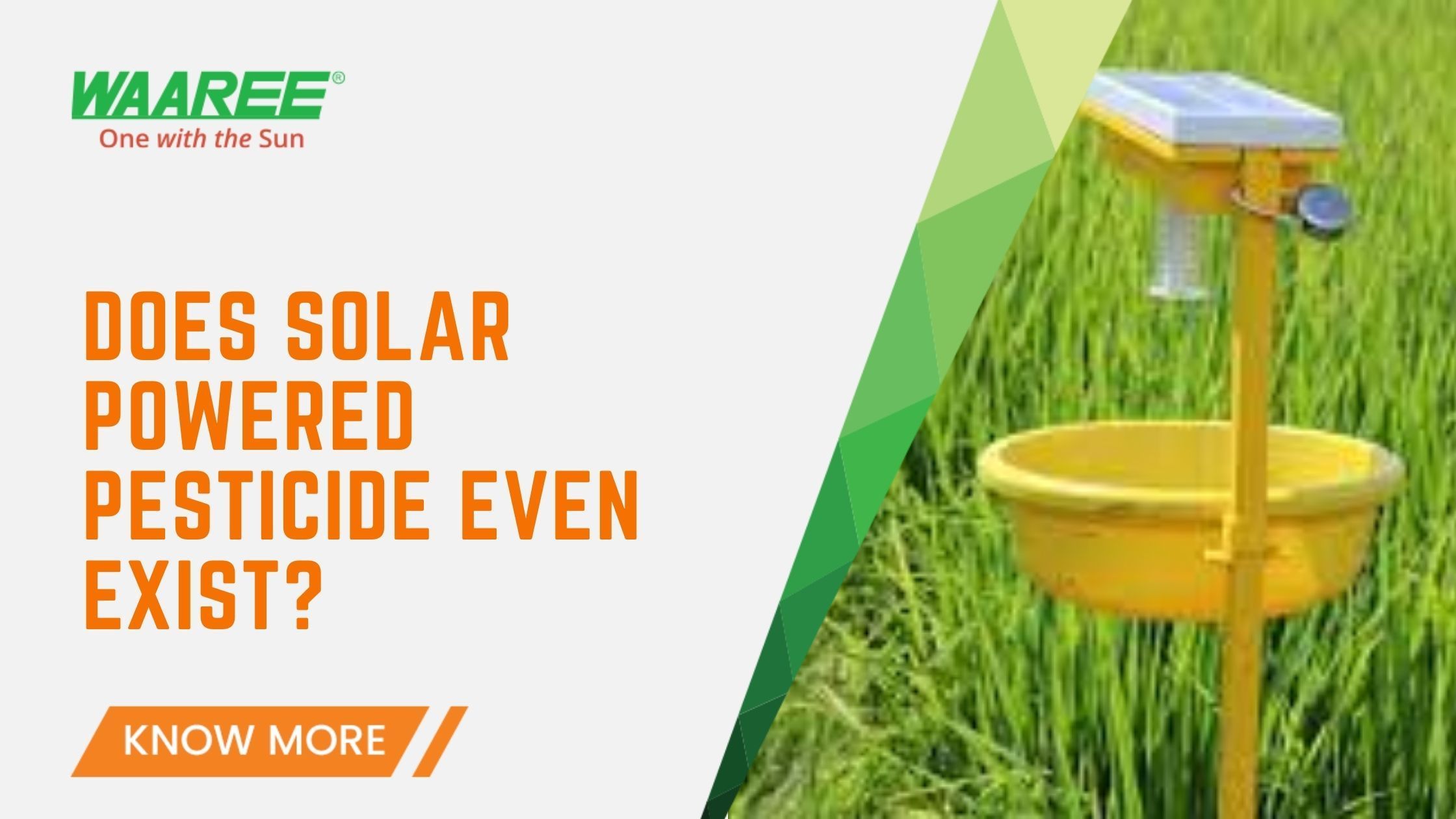
We use cookies to help you navigate efficiently and perform certain functions. You will find detailed information about all cookies under each consent category below.
The cookies that are categorized as "Necessary" are stored on your browser as they are essential for enabling the basic functionalities of the site. ...
Necessary cookies are required to enable the basic features of this site, such as providing secure log-in or adjusting your consent preferences. These cookies do not store any personally identifiable data.
Functional cookies help perform certain functionalities like sharing the content of the website on social media platforms, collecting feedback, and other third-party features.
Analytical cookies are used to understand how visitors interact with the website. These cookies help provide information on metrics such as the number of visitors, bounce rate, traffic source, etc.
Performance cookies are used to understand and analyze the key performance indexes of the website which helps in delivering a better user experience for the visitors.
Advertisement cookies are used to provide visitors with customized advertisements based on the pages you visited previously and to analyze the effectiveness of the ad campaigns.





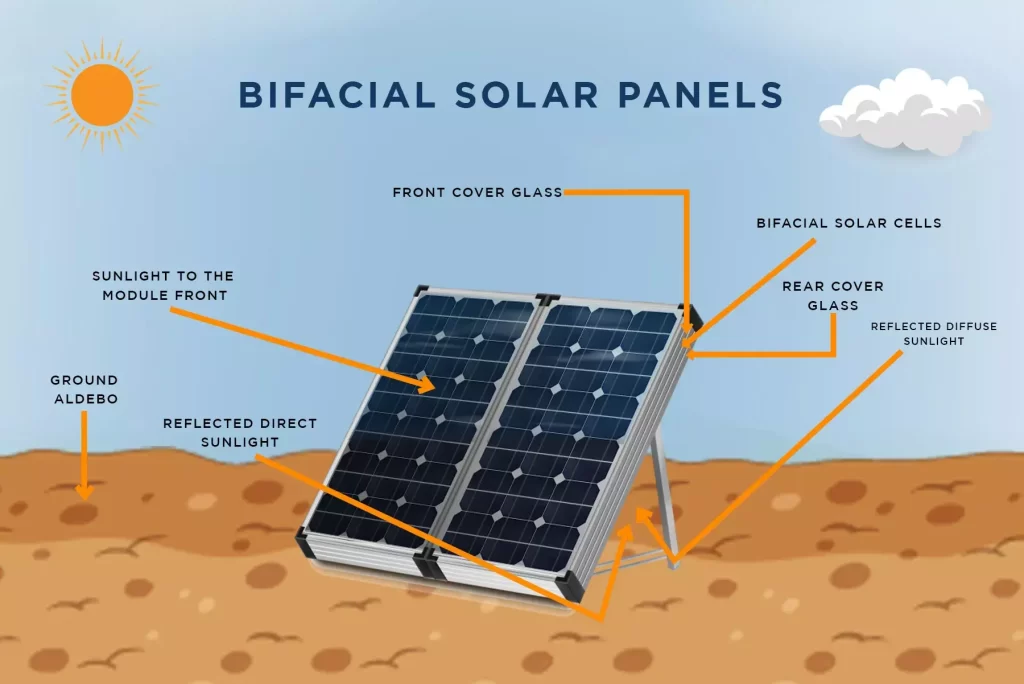
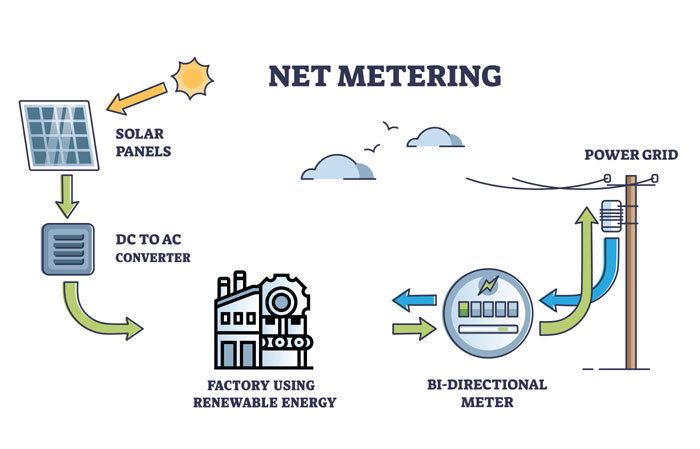

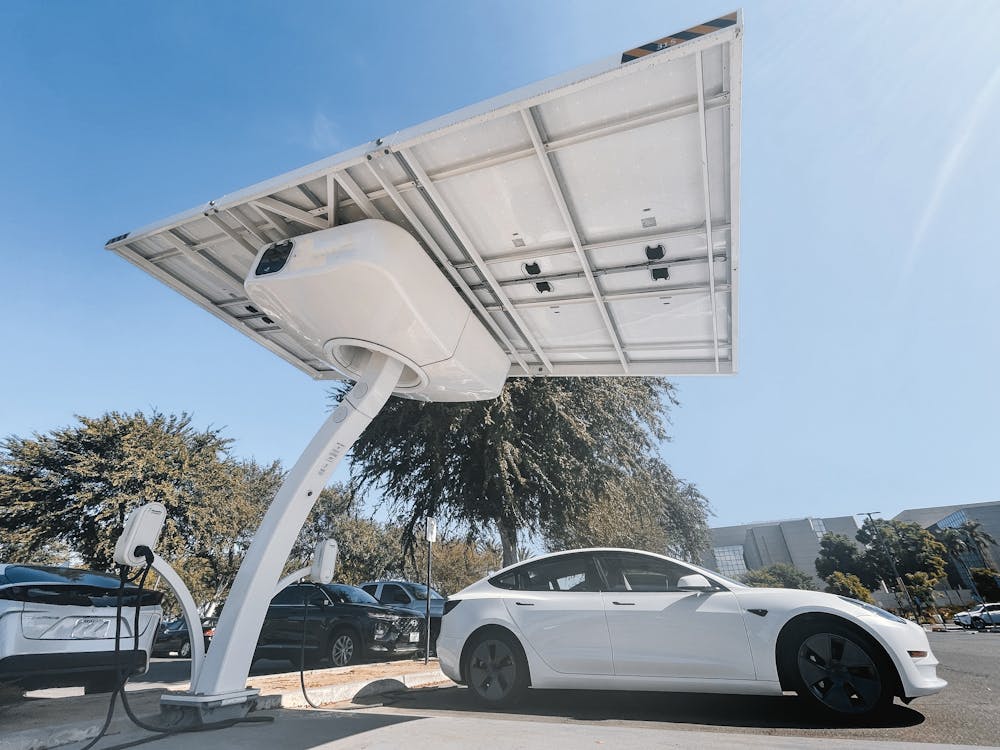
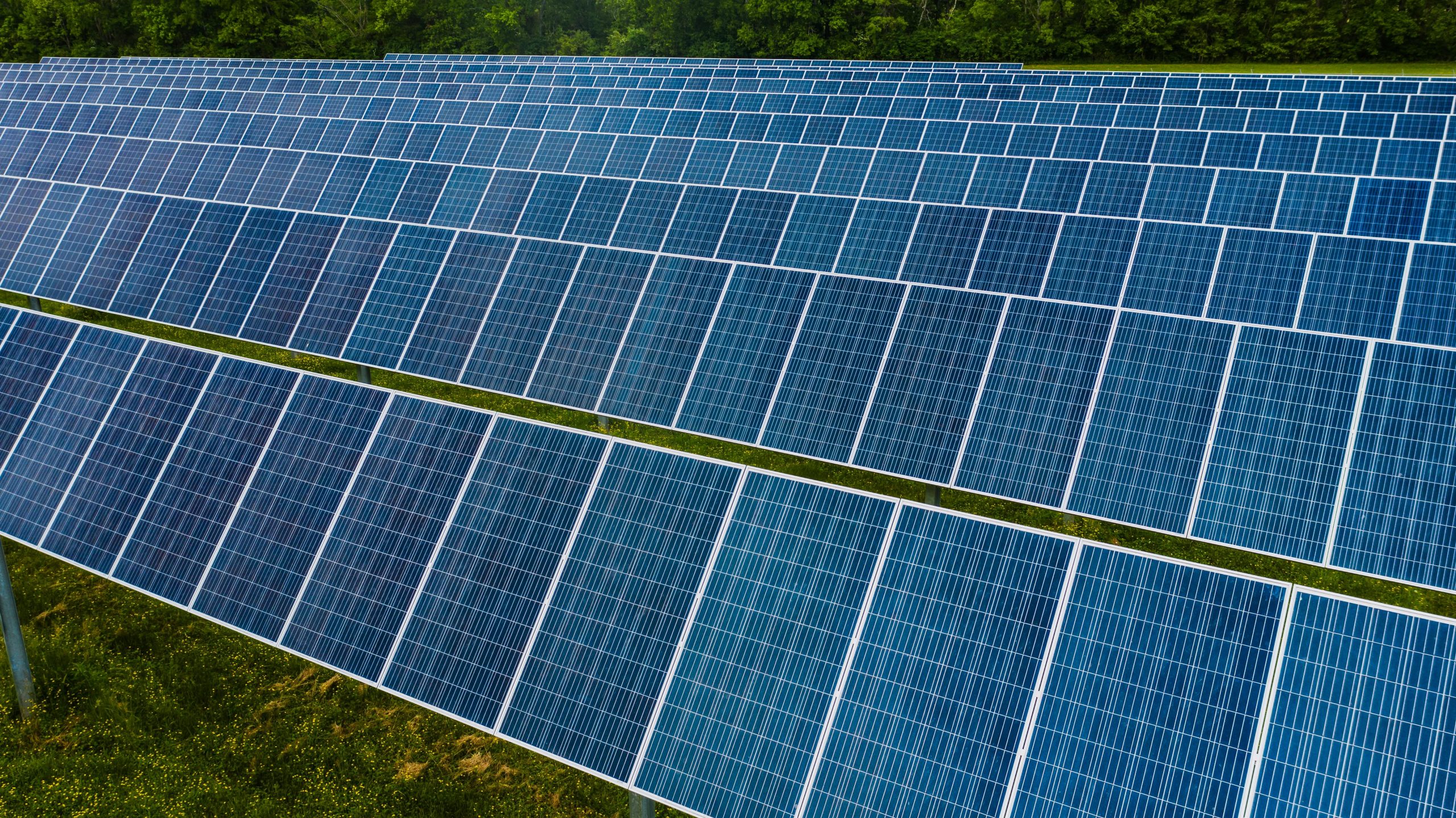


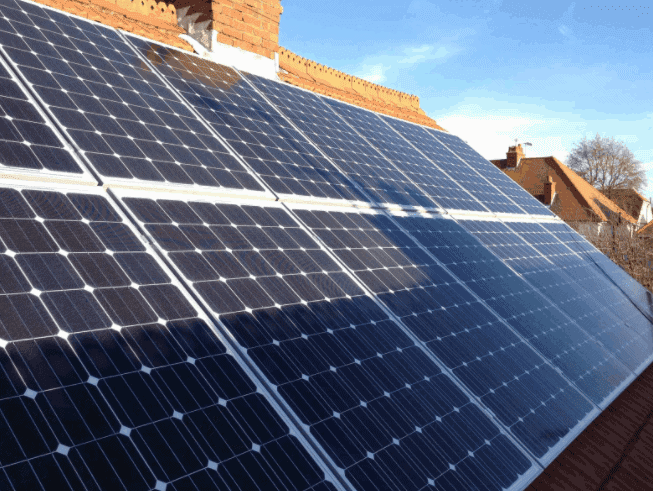





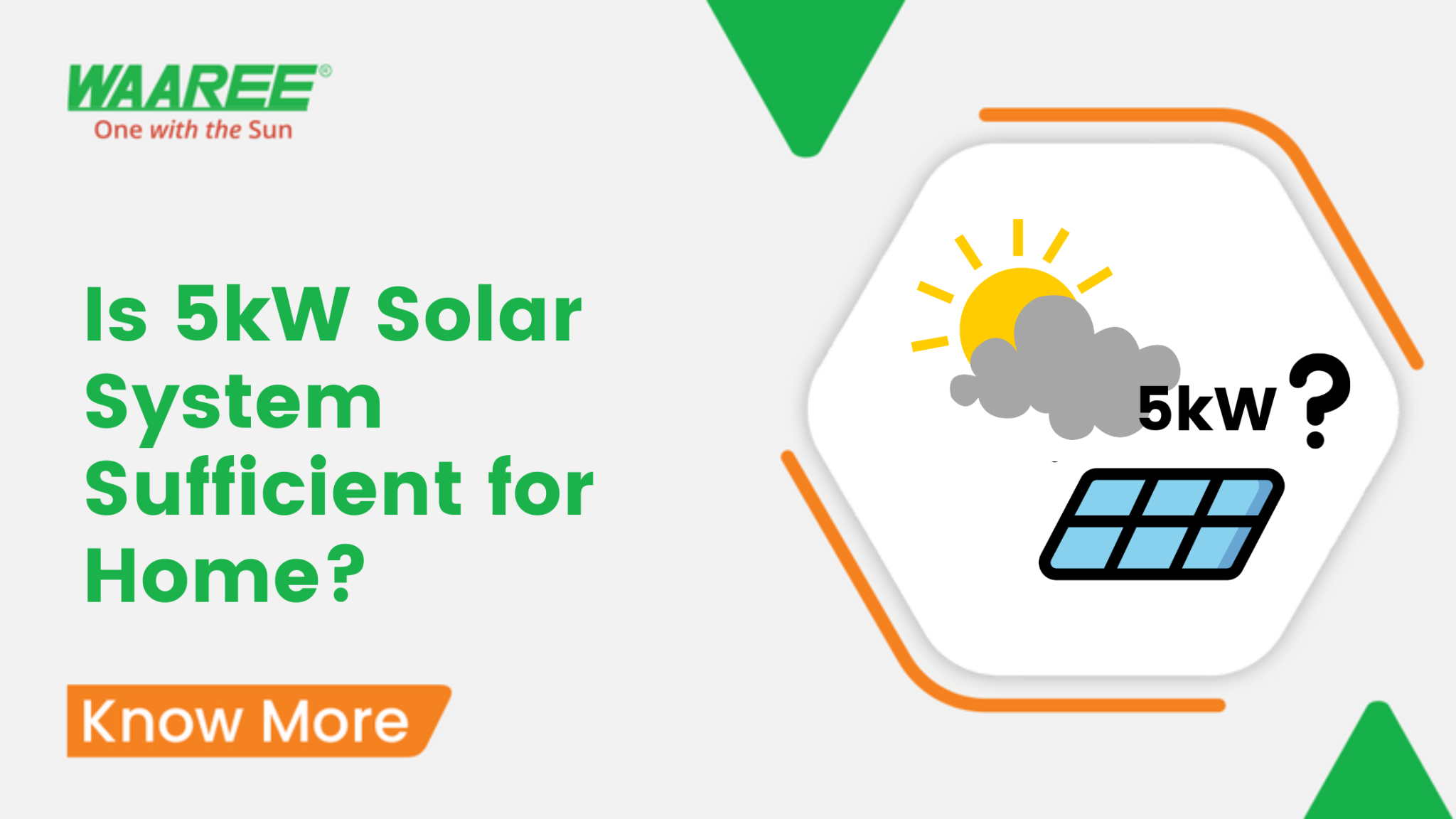

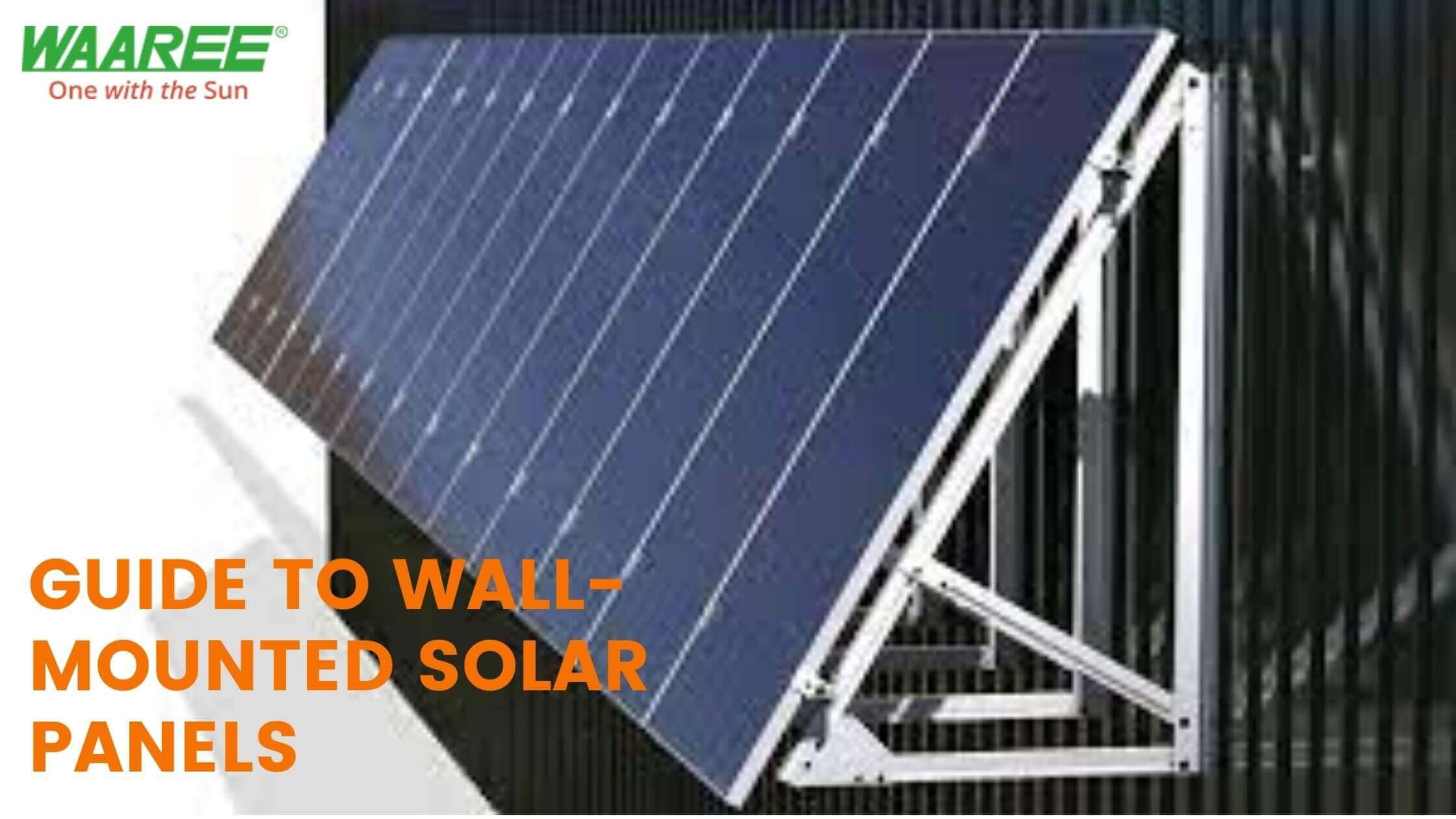







In today’s very intense racing world, knowledge is vital, and putting that learning into action is a vital component that an engineer can help perform. A solar pesticide sprayer is an innovation that justifies technology and knowledge.
India is an agricultural country. Sprayers are frequently used on farmland to regulate agricultural productivity by spraying pesticides for agriculture like insecticides, herbicides, fungicides, and defoliants.
It is a redesigned take on the traditional sprayer that may be powered by the electric power held in the unit’s 12V battery. The Solar Panels can power the 12V/7.2Amp battery.
The primary goal of a solar pesticide sprayer is to decrease the amount of physical labor that farmers have to undertake. Solar Pesticide Sprayer is a helpful piece of ergonomic equipment. Such solar products are motion-sensitive and use a non-conventional power source. As a result, it has a bright future ahead of it.
Any solar product requires several parts and pieces to form the ultimate outcome. Some of the components used in this are:
Solar-powered photovoltaic (PV) panels use wavelengths of radiation from the sun to make electrons jump in crystalline silicon, converting sunlight into energy. This electricity may then be utilized to charge a battery with renewable energy.
When not in use, the photovoltaic system should be able to conveniently retract behind the entire pesticide container to keep the pesticide sprayer portable. The solar panel has a 40-watt capacity.
The term “battery” refers to a device that turns chemical energy into electrical energy. This spray pump is powered by a DC battery. The solar panel charges this battery, which is also detachable.
It has the following features:
A pump is a machine that uses mechanical energy to transport fluids. Pumps use energy to make a linear motion by pushing fluid through a device. The spray motor is chosen based on the spraying capacity.
Type: Centrifugal Pump. Liquid Discharge = 2.9 lit/min. Speed= 3600 rpm. Power=3.5 W
Solar products have an upper-scale due to their environment-conserving features.
This solar pesticidespray has several special advantages like:
This solar device enabled it by utilizing the simple and practical technique of storing solar energy in batteries via a consistent DC voltage from a solar panel. This solar pesticide costs much lower and is more effective in benefiting the agriculture sector.
Waaree Energies Ltd, offers various solar powered products that are of high quality. You can check out the website for more information.
Notifications